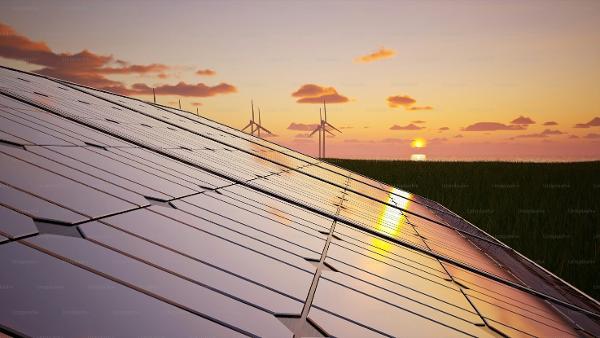European carbon price has averaged €85.3/t in 2023, after breaking the symbolic €100/t level in February and setting new record high since its creation in 2005. Allowance price remained at relatively high levels throughout the year, mainly supported by positive progress from the ETS policy front as EU lawmakers finalized the ambitious ETS reform legislations under the Fit for 55 framework. In the final quarter of 2023, European carbon price edged down due to weak demand for allowances, against the backdrop of sluggish industrial activities, weak gas prices driving fuel switching and additional allowance sales to finance REPowerEU. The benchmark EUA futures contract ended the year at around €80,37/t, down 6 euros from the level of €86.28/t on 2 January 2023.
Zooming in the development of European carbon price in 2023, it kicked off the year with substantial upward move in January and February. Market participants were anticipating the finalization of key Fit for 55 legislations including EU ETS reform and Market Stability Reserve. The prospect of lawmakers setting more ambitious emission reduction target for the EU ETS and tighter allowance supply in coming years has injected optimism into the carbon market, and price hit record high of €101.25/t on 21 February. The last minute buying of allowances by industrial and aviation companies ahead of April deadline added further impetus to the carbon price rally. However, the tide then turned in March, when the banking crisis worries tiggered by Silicon Valley Band and Credit Suisse stirred global financial markets. Some investors were forced to offload their EUA holdings to cover margin calls. The Dec-23 EUA futures contract fell 15 euro to €85 in mid-March.
After the yearly compliance has ended in May, buying interests of allowances eased, weighing on prices. Additional downward pressure came from the drop in power sector emissions, due to demand destruction curbing power consumption and robust renewables output squeezing fossil generation. Furthermore, the announcement by European Commission on the start of additional allowance sales in July to finance the REPowerEU plan sent a bearish signal to the market. EU carbon price fell to below €80/t late May, before rebounding again in the summer months. The halved auction supply in August have provided some support, helping the carbon price to recover to near €90/t. Short-squeeze of financial investors accelerated the upward move too, with investment funds holding record high net short positions shown in the weekly commitment of traders data released by ICE Endex exchange.
A key feature of European carbon market development in 2023 was the return of fuel switching, referring to weak gas prices driving coal to gas switching in the power generation sector. European TTF gas price has fallen from €80/MWh at the start of 2023 to as low as €23/MWh in June, and stayed at below €40/MWh in the fourth quarter. The low gas price combined with mild winter weather has reduced coal plants’ running hours, curbing utilities’ emissions and allowance demand. As a result, the daily EUA auction results have worsened in the four quarter, with most auctions less than two times oversubscribed as well as clearing with large discount to second market prices. The stagnating demand for allowances weighed on prices in the final two months of 2023, causing the benchmark EUA futures contract plunging to one-year low at €65.99/t on 14 December. Price then recovered in the last two trading weeks in 2023 on dip-buying and investors building new positions for 2024 in anticipation of tighter allowance supply.
Looking ahead to 2024, European carbon price is expected to be supported by the reduced EU ETS Cap in 2024 and buying from new participants because of the inclusion of Maritime sector. However, the upside of European carbon price might be limited, and a retest of the €100/t level could be challenging in 2024. First, if European gas price stays at current low levels, fuel switching will continue to dent power sector emissions and allowance demand. Second, the pace of recovery in industrial activities and reopening of curbed production will also affect allowance demand and prices. Furthermore, starting in 2024, the yearly compliance deadline is moved from April to 30 September. This will affect the seasonality of carbon price development, meaning that price is less likely to experience the last-minute buying in the first quarter, more likely in August and September.




















